Thirty-seven years of fisheries records covering a fishing area of 6231 ha in the lower Havel River, Germany, have been analysed to address two issues: (1) detection of the effects of habitat bottlenecks caused by extreme floods and... more
The general purpose of this work is to examine the relative ability of some well-selected zeolitic materials for the reduction of HC emissions generated within the Diesel "cold-start" period, i.e. when the work temperature of the Diesel... more
The impact of ultrasound (US) on membrane filtration and cleaning were studied and compared at various operating parameters of nominal pore sizes of 10 and 100 kDa membrane, trans-membrane pressure (TMP) of 100 and 140 kPa, and US... more
Industrial port cities are essential components in a society dependant on fossil fuels and low cost energy. In the global move towards a low-carbon society, industrial port cities are emblematic of complex and integrated socio-ecological... more
1] Hyporheic flow results from the interaction between streamflow and channel morphology and is an important component of stream ecosystems because it enhances water and solute exchange between the river and its bed. Hyporheic flow in... more
Interfacial interactions, namely interfacial tension, wettability, capillarity and interfacial mass transfer are known to govern fluid distribution and behavior in porous media. Therefore the interfacial interactions between CO 2 , brine... more
The flow regimes of temperate large lowland rivers are manipulated to provide various services for society. Most water policy decisions are based on economic considerations, with little or no consideration toward fish conservation and... more
ABSTRACT Nowadays, drainage networks, whether that was wastewater or storm water drainage networks are considered as one of the necessary infrastructure basics in modern cities. This research is focusing on planning and designing one... more
In assessments of the environmental impacts of waste management, life-cycle assessment (LCA) helps expanding the perspective beyond the waste management system. This is important, since the indirect environmental impacts caused by... more
Recirculating aquaculture systems may require an internal disinfection process to control population growth of pathogens and heterotrophic bacteria. Ozonation and ultraviolet (UV) irradiation are two technologies that have been used to... more
Considerably long periods of time are required to measure soil-water characteristic curves using conventional equipment such as pressure plate apparatus or a Tempe cell. A commercially available, small-scale medical centrifuge with a... more
1] This paper assesses global water stress at a finer temporal scale compared to conventional assessments. To calculate time series of global water stress at a monthly time scale, global water availability, as obtained from simulations of... more
Several global corporations have been severely criticized by different lobbying groups for the impact of their operations on the natural environment and on the local communities. Because corporate operations cannot be studied in isolation... more
Palm kernel shell biochars (PKSB) ejected as residues from a gasifier have been used for solid fuel briquette production. With this approach, palm kernel shells can be used for energy production twice: first, by producing rich syngas... more
To predict the performance of an aquifer thermal energy storage system, an understanding of the system's hydrothermal behavior is needed. One possibility is to run a detailed numerical simulation of the system. However, for a single-well... more
Interannual climatic and hydrologic variability has been substantial during the past decades in many regions. While climate variability and its impacts on precipitation and soil moisture have been studied intensively, less is known on... more
The vast majority of the world's rivers are now being tapped for their water supplies, yet only a tiny fraction of these rivers are protected by any sort of environmental flow standard. While important advances have been made in reducing... more
Donoghue, E.M.; Benson, G.L.; Chamberlain, J.L., tech. coords. 2004.
Effects of activated carbon in a carbon-coated alumina (CCA) support, active phase morphology and its composition of Ni 6 -PW 12 S/C x /Al 2 O 3 catalysts in hydrotreating of model compounds were studied. The catalysts were synthesized... more
1] The interest about the exchange of water between streams and aquifers has been increasing among the hydrologic community because of the implications of the exchange of heat, solutes, and colloids for the water quality of aquatic... more
The aim of the study was to obtain high quality biodiesel production from a microalga Chlorella protothecoids through the technology of transesterification. The technique of metabolic controlling through heterotrophic growth of C.... more
A conceptual, continuous time model called SWAT (Soil and Water Assessment Tool) was developed to assist water resource managers in assessing the impact of management on water supplies and nonpoint source pollution in watersheds and large... more
Currently used in many countries in the world, vetiver grass (Vetiveria zizanioides) applications include soil and water conservation systems in agricultural environment, slope stabilization, mine rehabilitation, contaminated soil and... more
Construction and demolition waste is one of the important category of solid waste. Many recreational and building projects contribute towards generation of ample quantity of waste produced on these respective sites. Reutilisation of the... more
An efficient and new but non-intrusive method to detect the fluctuation in gear load may be the motor current signature analysis (MCSA). In this paper, a multi-stage transmission gearbox (with and without defects) has been studied in... more
Wind energy is one among the most promising renewable energy sources, and hence there is fast growth of wind energy farm implantation over the last decade, which is expected to be even faster in the coming years. Wind turbine blades are... more
Megaprojects are large, they are constantly growing ever larger, and more and more are being built in what has been called the biggest investment boom in history. This chapter serves as an introduction to megaprojects, and to The Oxford... more
The main objective of this work was the design of a high efficiency centrifugal surface aerator for fishponds. The proposed system has been designed to be used with photovoltaic panels as an energy supply. The work is presented in three... more
TiO 2 polycrystalline sub-micron fibers can be used as photocatalysts for the degradation of a variety of organic molecules. Here we report on the optimization of these fibers for decontaminating pharmaceutical agents in aqueous medical... more
This paper presents the experiments on measurement of oxygen transfer capacity in clean water by using desorption and absorption
The implementation of increasingly stringent standards for the discharge of waste into the environment, as well as the increase in cost of habitual disposal or treatment options, has motivated the development of different processes for... more
The book points out that rural regions need proper attention at the global level concerning solid waste management sector where bad practices and public health threats could be avoided through traditional and integrated waste management... more
This standard is issued under the fixed designation A380/A380M; the number immediately following the designation indicates the year of original adoption or, in the case of revision, the year of last revision. A number in parentheses... more
Efforts to conserve stream and river biota could benefit from tools that allow managers to evaluate landscape-scale changes in species distributions in response to water management decisions. We present a framework and methods for... more
The conclusions of numerous stream restoration assessments all around the world are extremely clear and convergent: there has been insufficient appropriate monitoring to improve general knowledge and expertise. In the specialized field of... more
The globally escalating thyroid nodule incidence rates may be only partially ascribed to better diagnostics, allowing for the assessment of environmental risk factors on thyroid disease. Endocrine disruptors or thyroid-disrupting... more



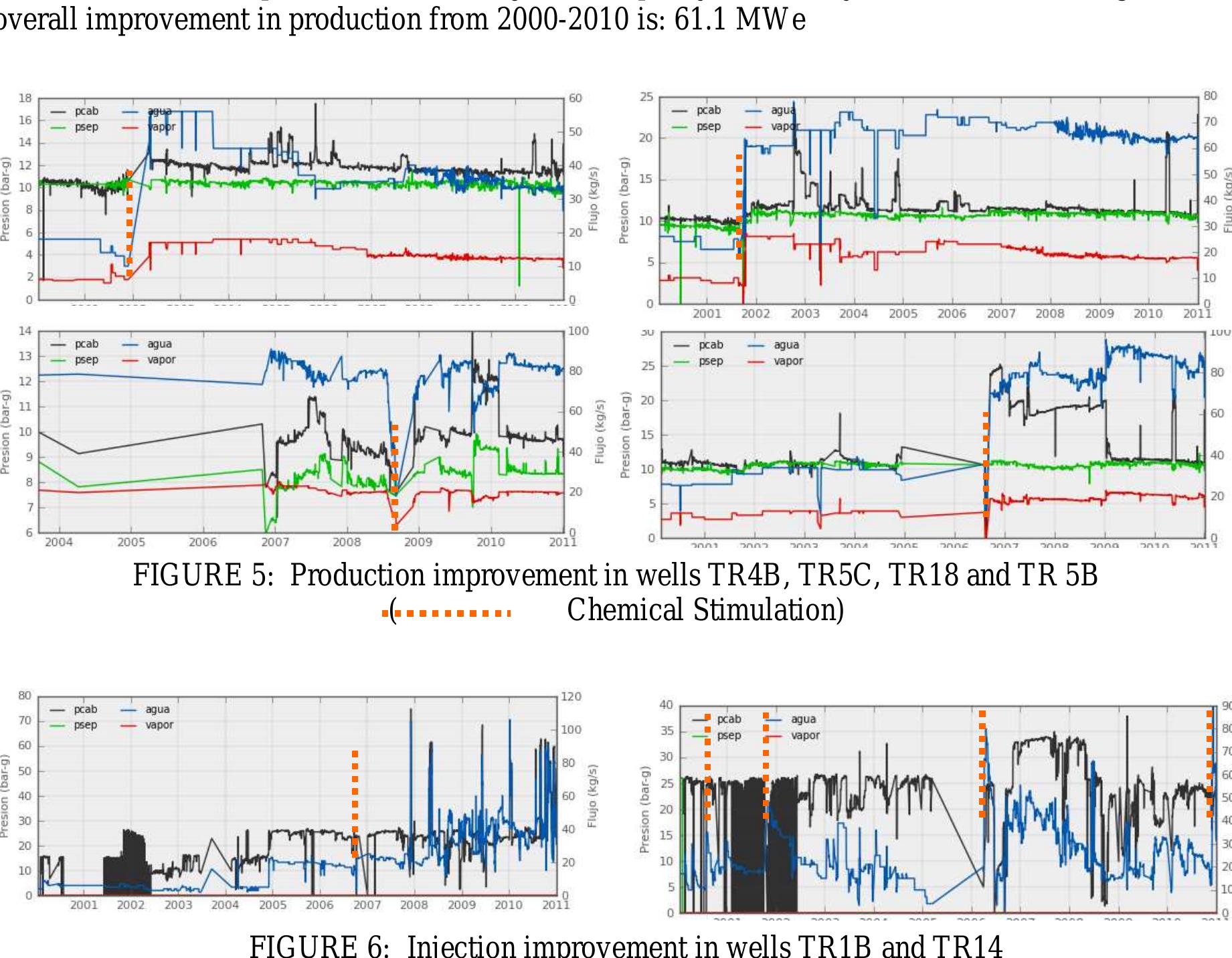











![Fig. 2. Change of the y,¢9, with time. P=120 bars, T=27°C and [NaCl] = 5000 ppm.](https://figures.academia-assets.com/53085807/figure_002.jpg)



![Fig. 6. Surface tension of brine as a function of the molal concentration of NaCl [26].](https://figures.academia-assets.com/53085807/figure_006.jpg)




![Fig. 11. Gaseous CO (P=5 bars, T = 20 °C): (a) water-wet micromodel; (b) intermediate-wet. For water-wet micromodels and low pressures (gaseous CO;), we have observed very thin water films surrounding the solid sur- face (Figs. 11 and 12a). At higher pressures (Fig. 12b and c), we cannot observe such films. Roughness could affect the observation of these films. However, it is important to note that the same micromodel was used in these three experiments. The evolution of the film thickness is directly related to the relative affinity be- tween water, CO2 and the solid substrate. The estimation of this affinity is not straightforward since it requires many physico- chemical parameters to be taken into account, most of them not being available in the literature. Chiquet et al.’s work [30] pre- sented in the Introduction could contribute to explaining this thickness reduction. The authors attribute this behavior to a reduc- tion in electrostatic interaction that tends to stabilize the water films. Despite this behavior, the shape of the interfaces (Fig. 12)](https://figures.academia-assets.com/53085807/figure_011.jpg)


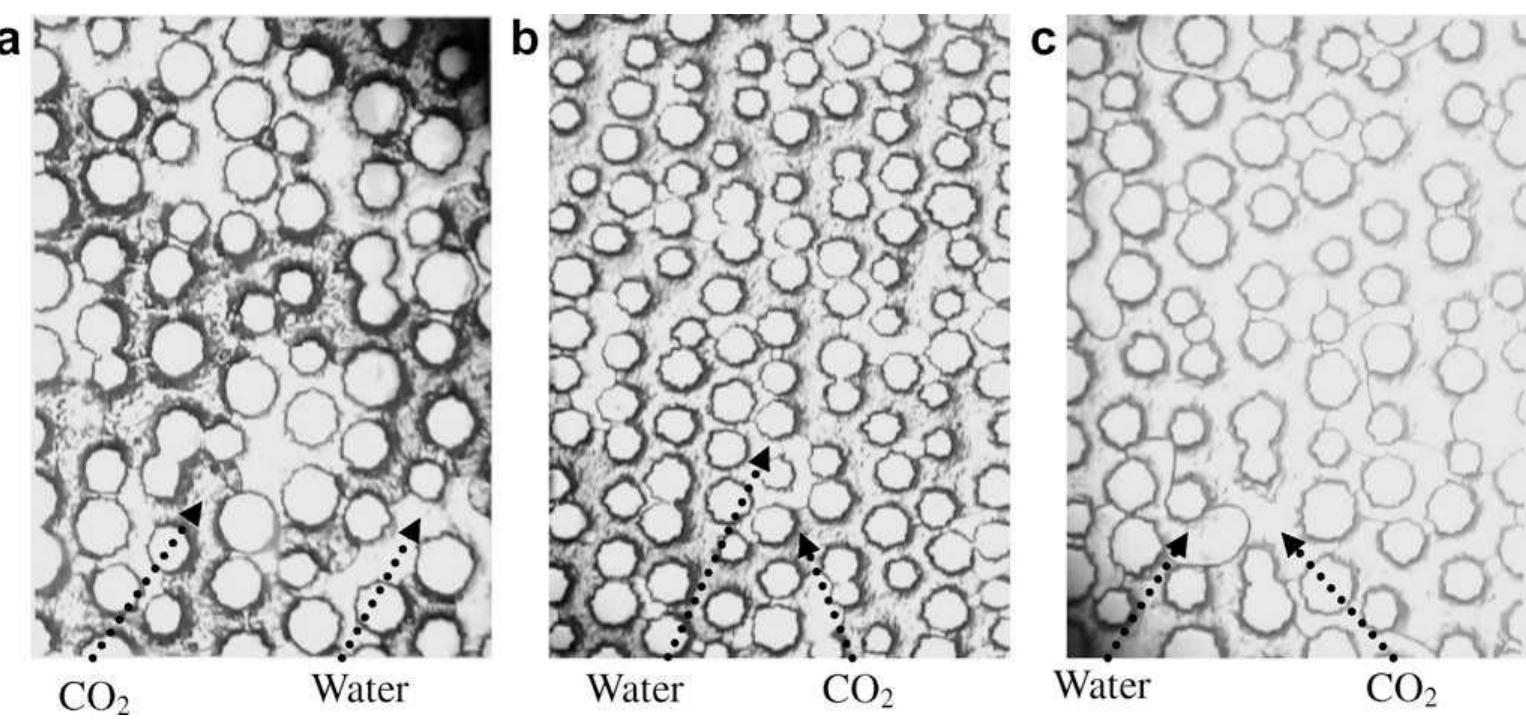



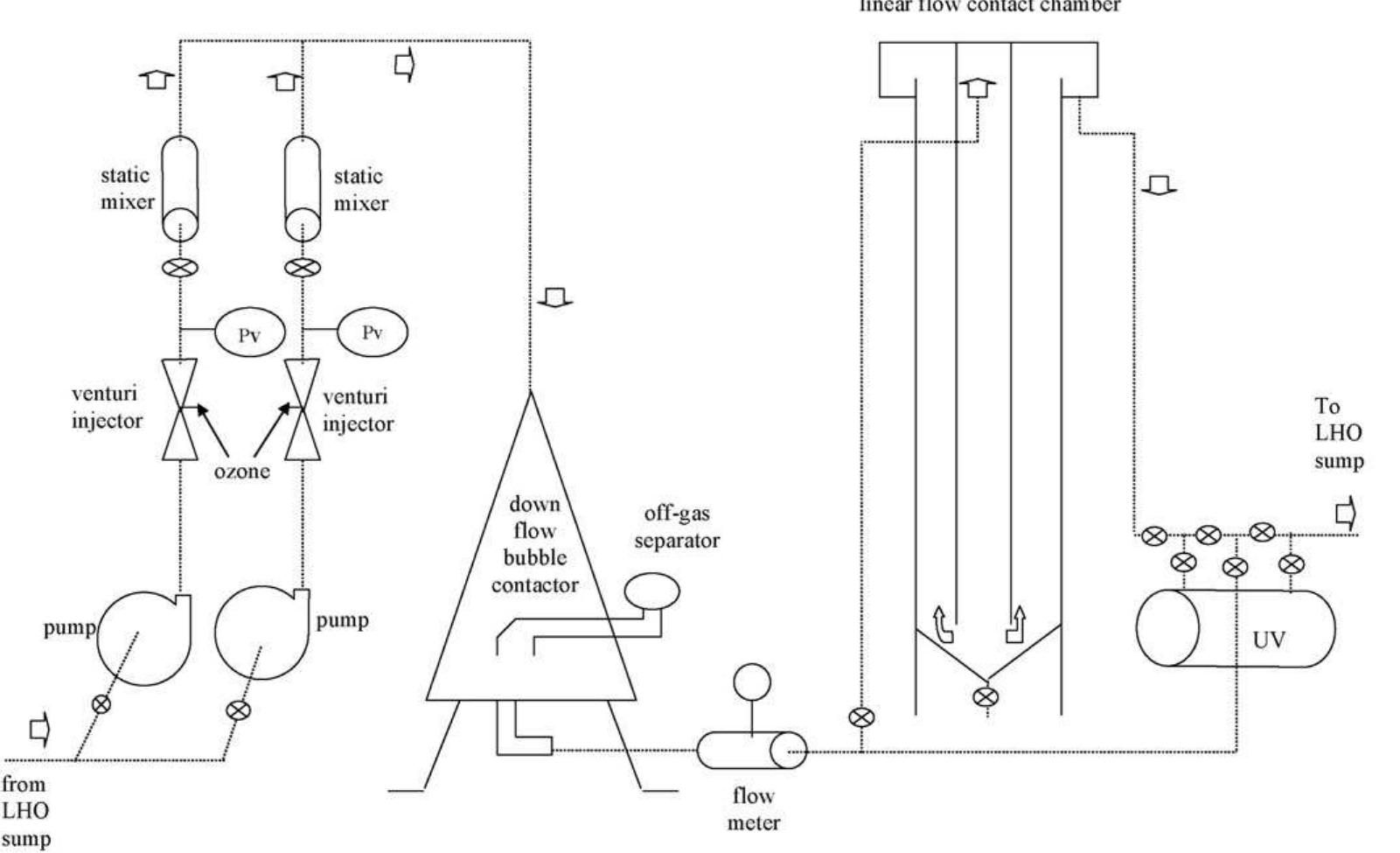









![Figure 1. Flowchart of dependencies between data sources and computation of the water scarcity index. Sources indicated in the flowchart are as follows: 1, Lehner and Doll [2004]; 2, International Commission on Large Dams [2003]; 3, World Water Assessment Programme (WWDR-II, http:/Avwdrii.sr-unh.edu/); 4, Mitchell and Jones [2005]; 5, Kallberg et al. [2005]; 6, New et al. [1999]; 7, Siebert and Doll [2008]; 8, Portmann et al. [2008]; 9, EROS, USGS (Global land cover characteristics data base, version 2.0, http:// edcdaac.usgs.gov/glec/globedoc2_0.html); 10, Food and Agriculture Organization of the United Nations (http://www. fao.org/ag/AGA info/resources/en/glw/GLW_dens.html) and Environmental Research Group Oxford (http://ergodd.zoo.ox.ac.uk/); 11, MLIT [2007]; 12, World Bank [2006, 2007; country classification, http://web.worldbank.org]; 13, FAO AQUASTAT database (http://www. fao.org/nr/water/aquastat/data/); 14, International Groundwater Resources Assessment Centre (http://www. igrac.nl/).](https://figures.academia-assets.com/45534086/figure_001.jpg)

![Figure 3. Nonrenewable groundwater abstraction for the year 2000 [after Wada et al., 2010].](https://figures.academia-assets.com/45534086/figure_003.jpg)

![Figure 5. Comparison between simulated net blue water demand for livestock and irrigation (y axis) and reported agri- cultural water withdrawals (x axis) per country. Reported values are taken from the FAO AQUASTAT database over the period 998-2002. X error bars are based on the estimated agricultura water withdrawal for 90 developing countries by FAO com- pared to the observed value reported to the AQUASTAT data- base [Food and Agriculture Organization, 2008]. Simulated values are representative for the year 2000. Y error bars are based on the range in net irrigation blue water demand due to variations in green water availability over the simulation period 1958-2001. Selected countries are identified by their ISO country codes.](https://figures.academia-assets.com/45534086/figure_005.jpg)





![“These data are based on FAO AQUASTAT, the work of Gleick et al. [2006], and the Pacific Institute’s The World’s Water Web site (http://www. worldwater.org/data.html). Domestic sector, comprising households and municipalities. “GDP per capita is based on the year 2000/2001 (year 2000 U.S. dollars, World Bank). ‘GDP per capita of low income countries is less than US$755, and the average GDP per capita of these countries is US$359. “GDP per capita of middle income countries is between US$756 and US$9265, and the average GDP per capita of these countries is US$2843. ‘GDP per capita of high income countries is more than US$9266, and the average GDP per capita of these countries is US$21,880. Table 2. Population and Water Withdrawal by Sector per Continent and Classified by GDP per Capita for the Year 2000°*](https://figures.academia-assets.com/45534086/table_002.jpg)
![“Per class, population is given in billions, and the corresponding fraction of the total population is in percent. >Year indicates the year of the population figure used for the estimates. “Temporal resolution refers to the aggregation level of demand and availability. In the case of Hanasaki et al. [2008b] the aggregation was on a dail value over the period 1986-1995; this study used monthly mean values over the period 1958-2001. “Approximately 200 million people were unallocated on the global scale. “Transport factor a was set to 0.0 in the watershed-based estimate so that no upstream water was available to downstream reach along the river network ‘Assessed by means of the cumulative withdrawal to demand ratio (CWD), which assesses the fulfillment of the demand on a subannual basis, divide into equivalent categories of no stress, medium stress, and high stress on the basis of WSI < 0.2, WSI < 0.4, and WSI = 0.4, respectively. Shown are tk values including both the effects of environmental flow and the reservoir operation scheme that are the most compatible with this study. Table 3. Global Assessments of World Population Experiencing Blue Water Stress*](https://figures.academia-assets.com/45534086/table_003.jpg)









![Fig. 8. Recovery factor for different thermal volumes for the first five cycles and first cycle production temperature versus time for different thermal volumes. 3.2.1. Velocity-dependent dispersion. During periods when the water flows through the aquifer there is, in addition to ordinary heat conduction, a dispersion of heat due to the velocity distribution across each flow channel, the irregular- ity of the pore system, and large-scale aquifer heterogene- ities. According to the theory for dispersion of a nonadsor- bent tracer in uniform porous media [Scheidegger, 1960], the dispersion is proportional to |v,|”, where v, is the pore velocity. The value of m ranges from 1 to 2. When m is 1, the molecular transverse diffusion between adjacent streamlines can be neglected, and when m is 2, the transverse diffusion is important. The transverse diffusion becomes more important as pore velocity decreases. The thermal conductivity of the stagnant liquid-solid mixture and the heat dispersion may be combined to form an effective thermal conductivity. Gener-](https://figures.academia-assets.com/46885808/figure_010.jpg)


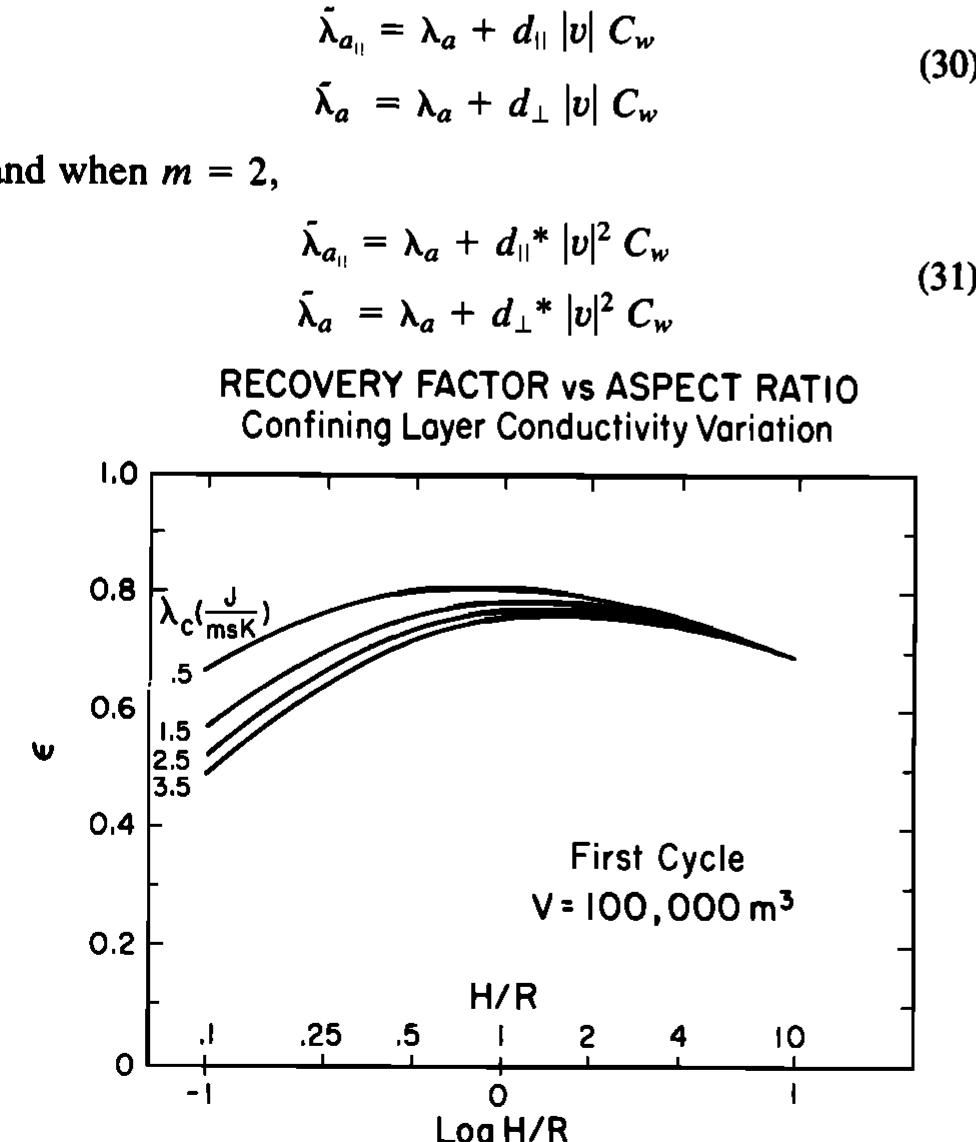













![As of June 2011, there were 15,988 desalination plants world- wide which combined produce a total of 65.2 million m? of fresh- water equivalent to 17.5 billion US gallons in over 150 countries supporting 300 million people [129]. Out of these desalination plants, reverse osmosis with about 60% share currently dominates the other desalination technologies | 133] (Fig. 2a) and this trend is expected to continue into the future followed by well-established MSF technology (26.8%) and MED technology (8%) with the remaining 5% taken by electrodialysis and other hybrid technolo- gies. Sixty percent of the desalination plants process seawater to produce freshwater (Fig. 2b) followed by brackish water (21.5%), river water (8.3%), wastewater recovery/reuse (5.7%) and other water sources (4.5%) [130]. Energy requirements for desalination technologies vary significantly in quantity and quality. Table 1](https://figures.academia-assets.com/34338939/figure_004.jpg)

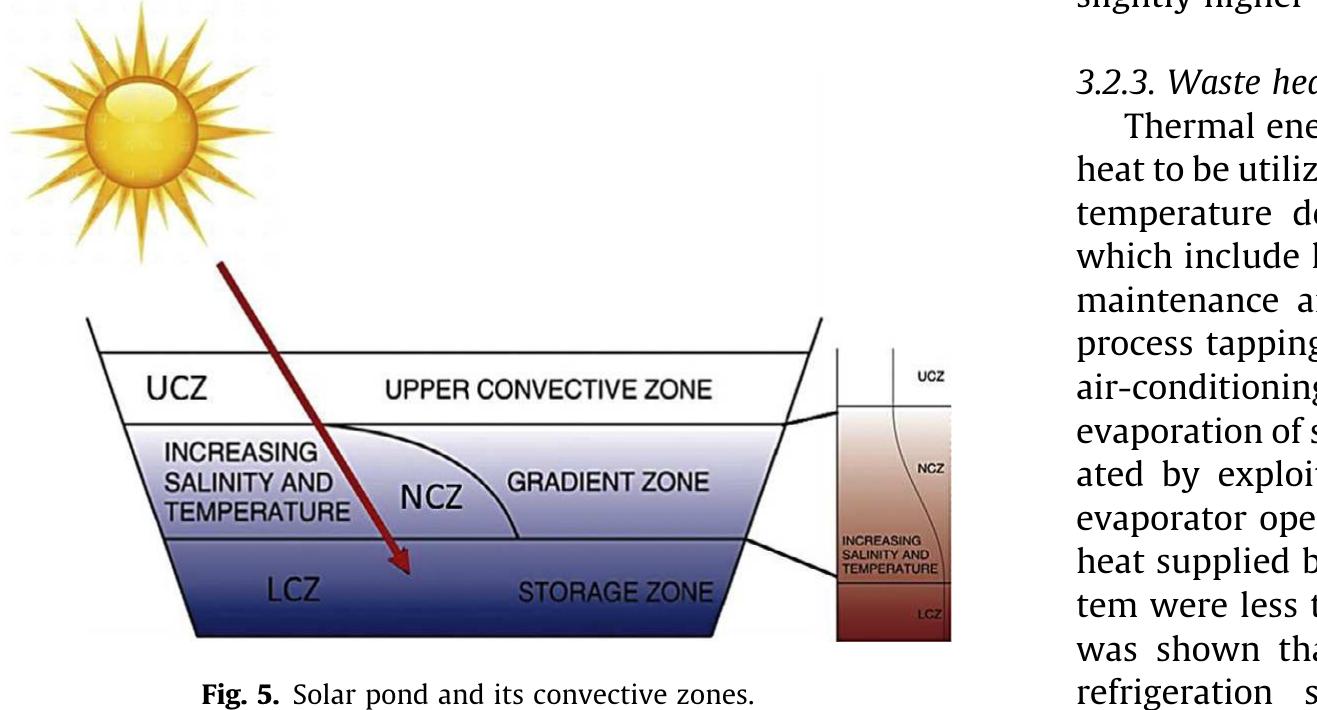

![3.2.4.2. Thermal energy storage in solar desalination. Storage volume is critical to the performance of the TES tank. In desalination appli- cation powered by solar collectors, a TES tank is required to miti- gate the effects of cloudy hours and non-sunlight hours. In a recent study, the effect of TES tank volume was simulated for a low temperature desalination process (at a capacity of 100 L/d) supported by solar collectors [7]. Temperature profiles over a week of operation for the TES tank at two different volumes (1 m? and 6 m?) are shown in Fig. 8. As expected, the TES temperature pro- files followed the sinusoidal nature of the solar irradiation and the ambient temperature. Smaller TES volume (1 m?) temperatures were more responsive to these variations than higher TES volume Fig. 7. Effect of LCZ depth on the storage medium temperature profiles.](https://figures.academia-assets.com/34338939/figure_008.jpg)



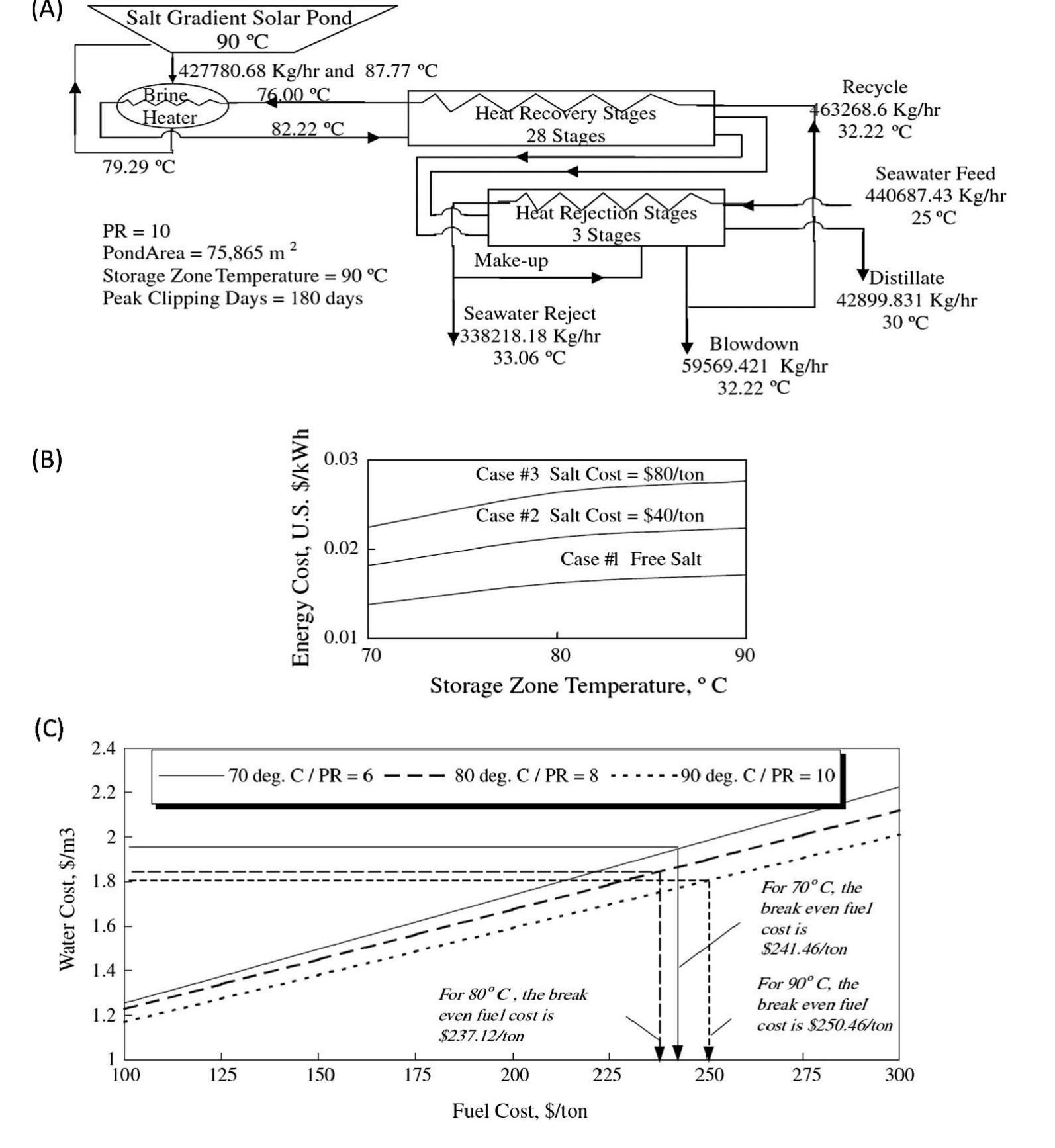





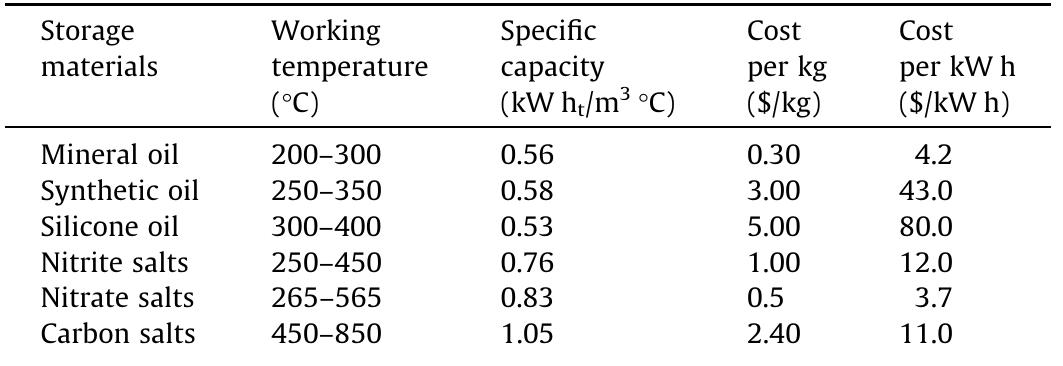





























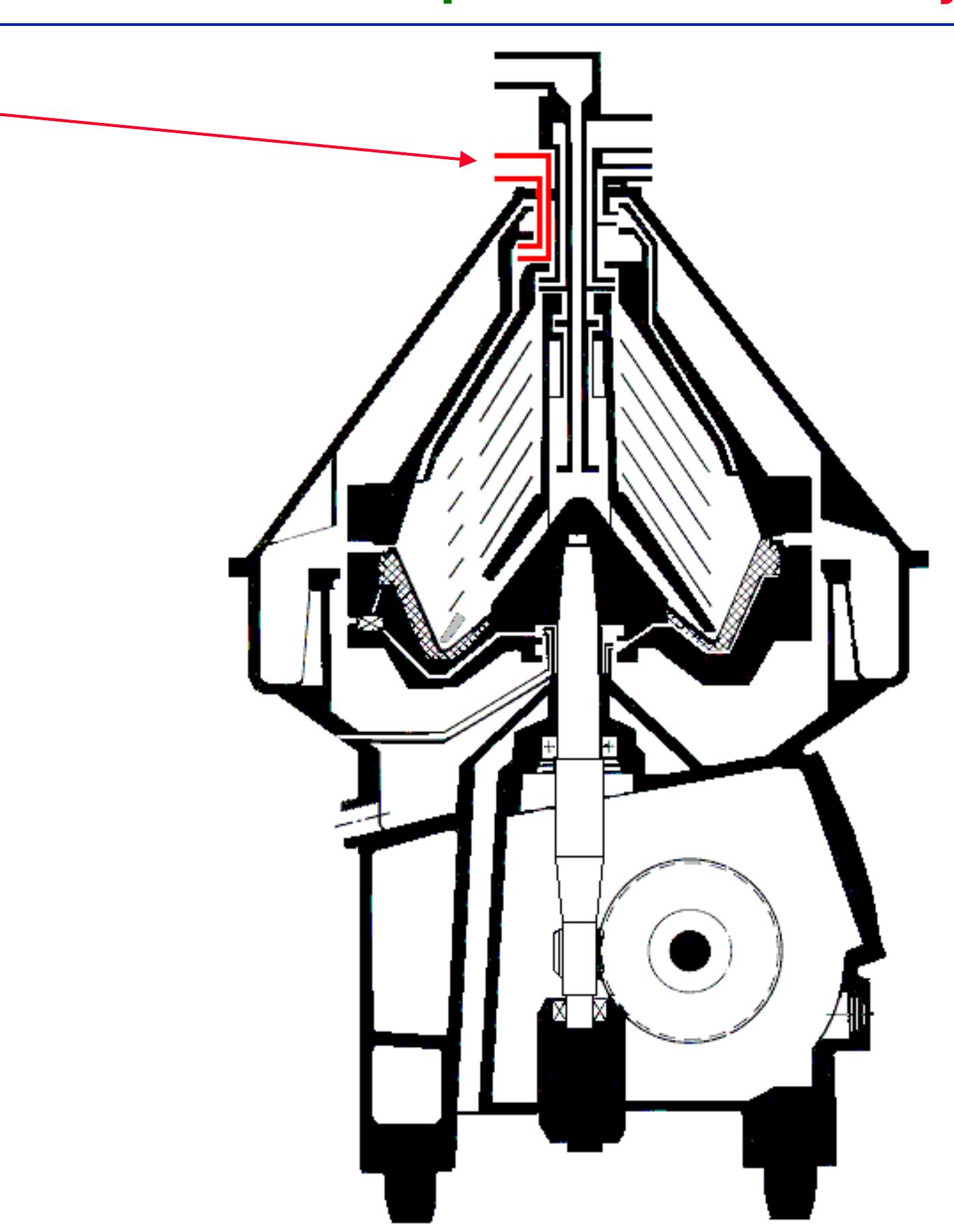

















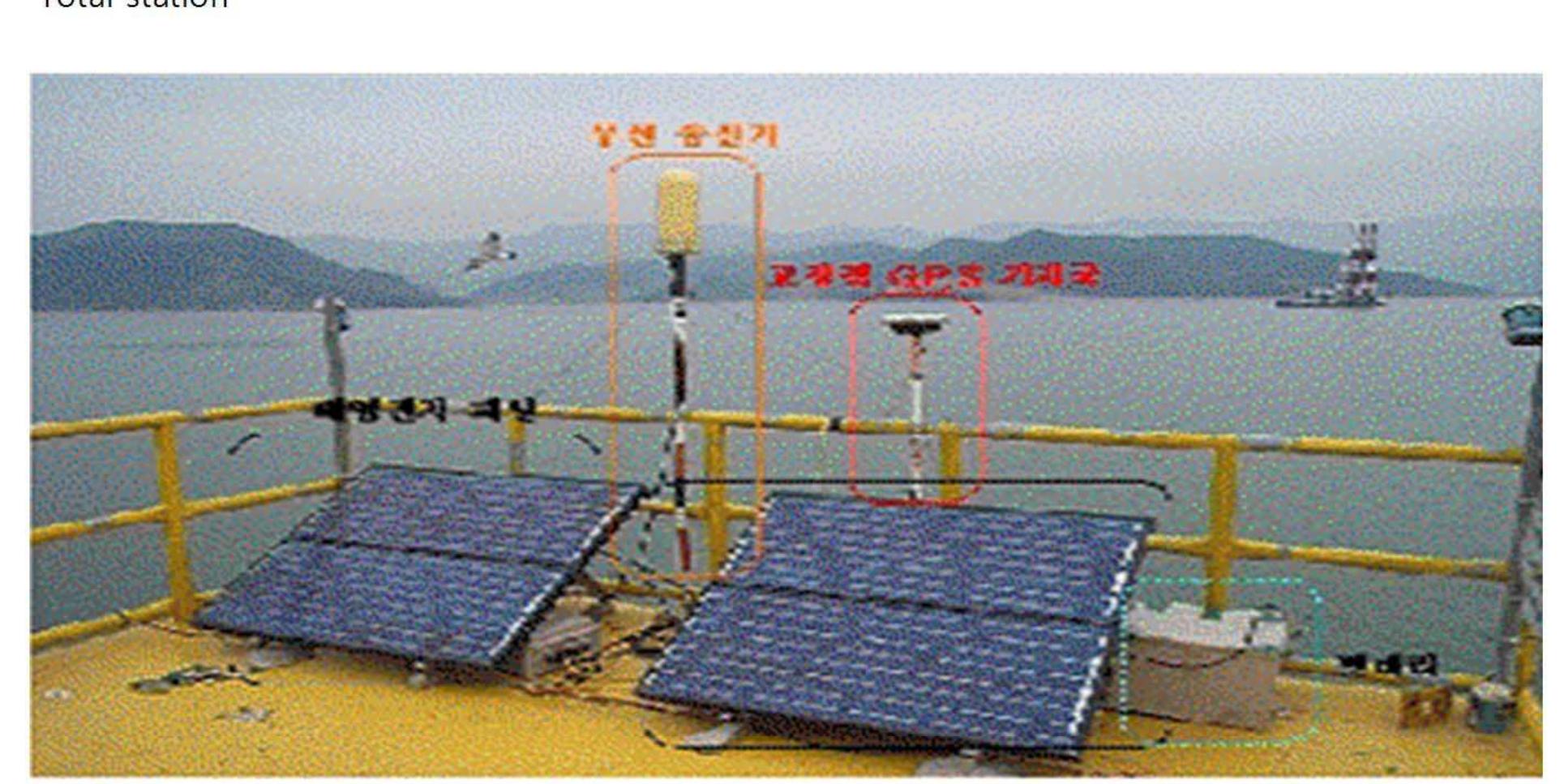









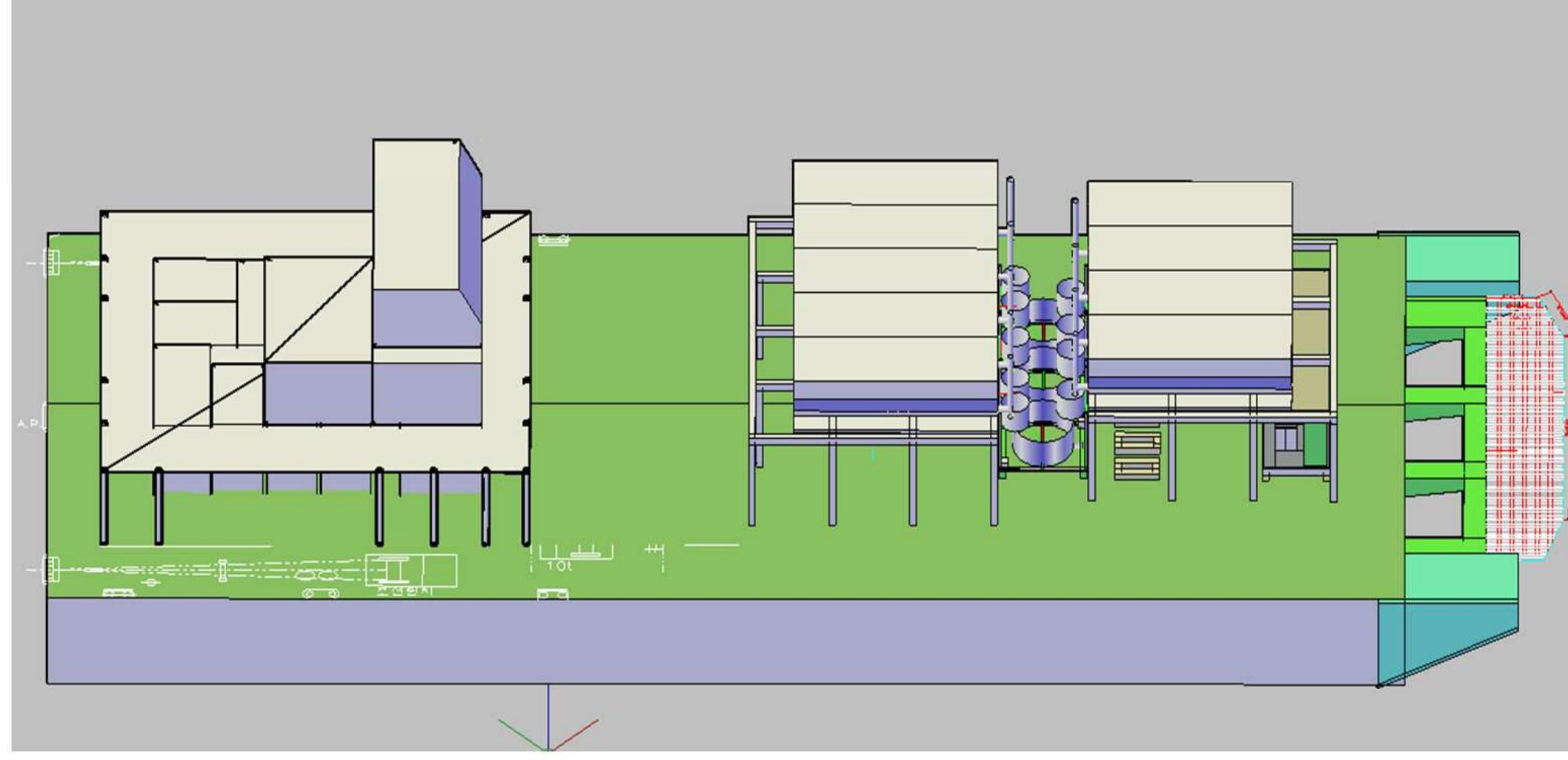














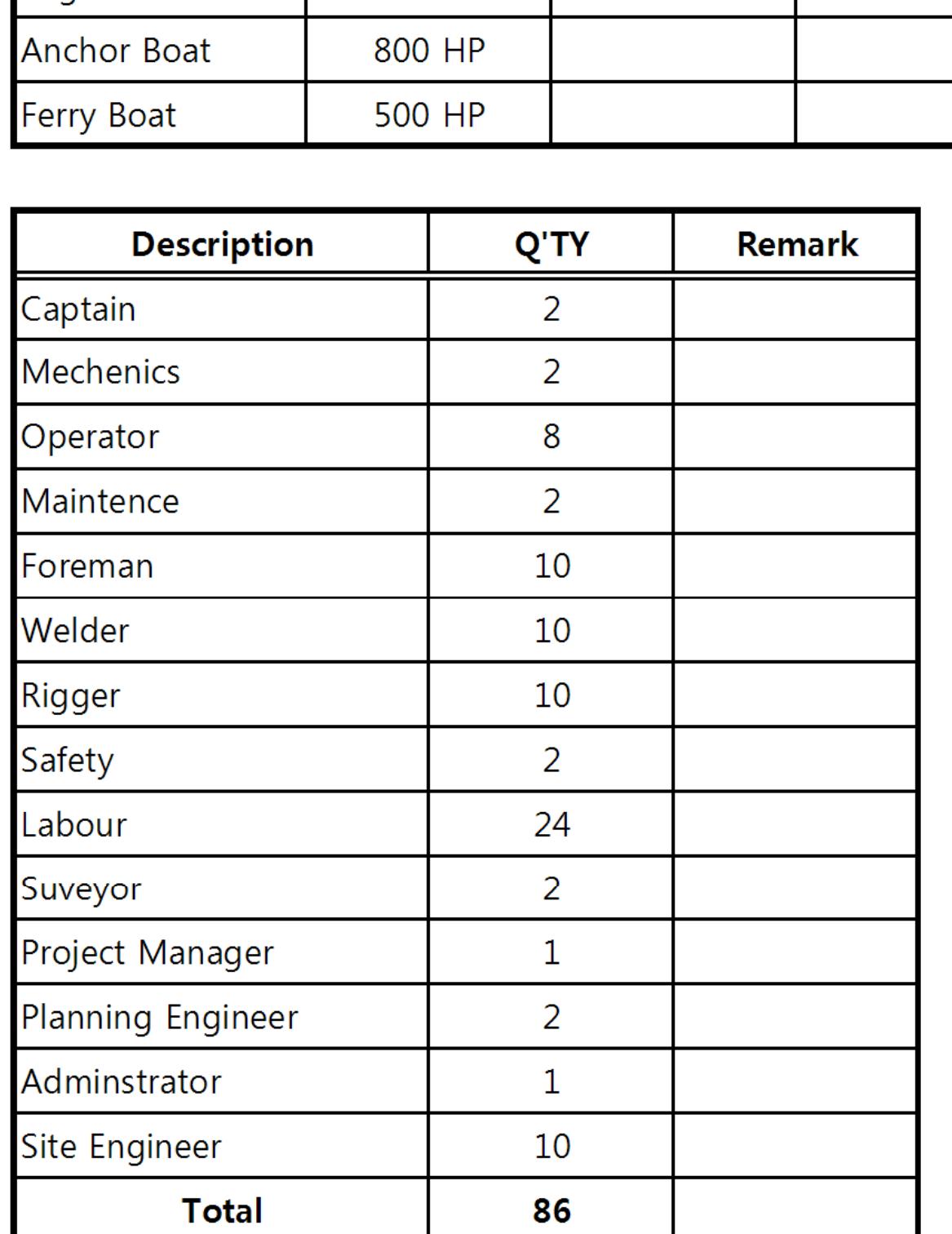















































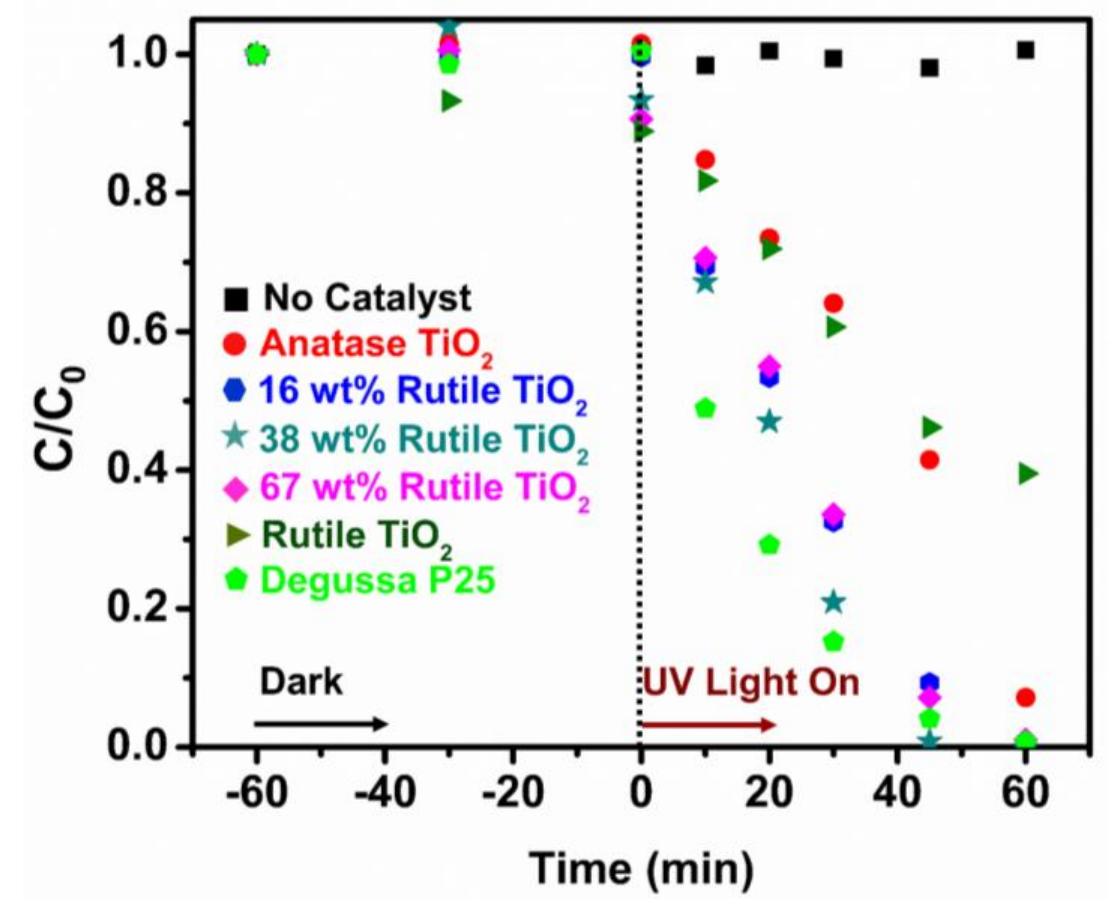
















![some biphenyl] linkages.](https://figures.academia-assets.com/34210399/figure_011.jpg)









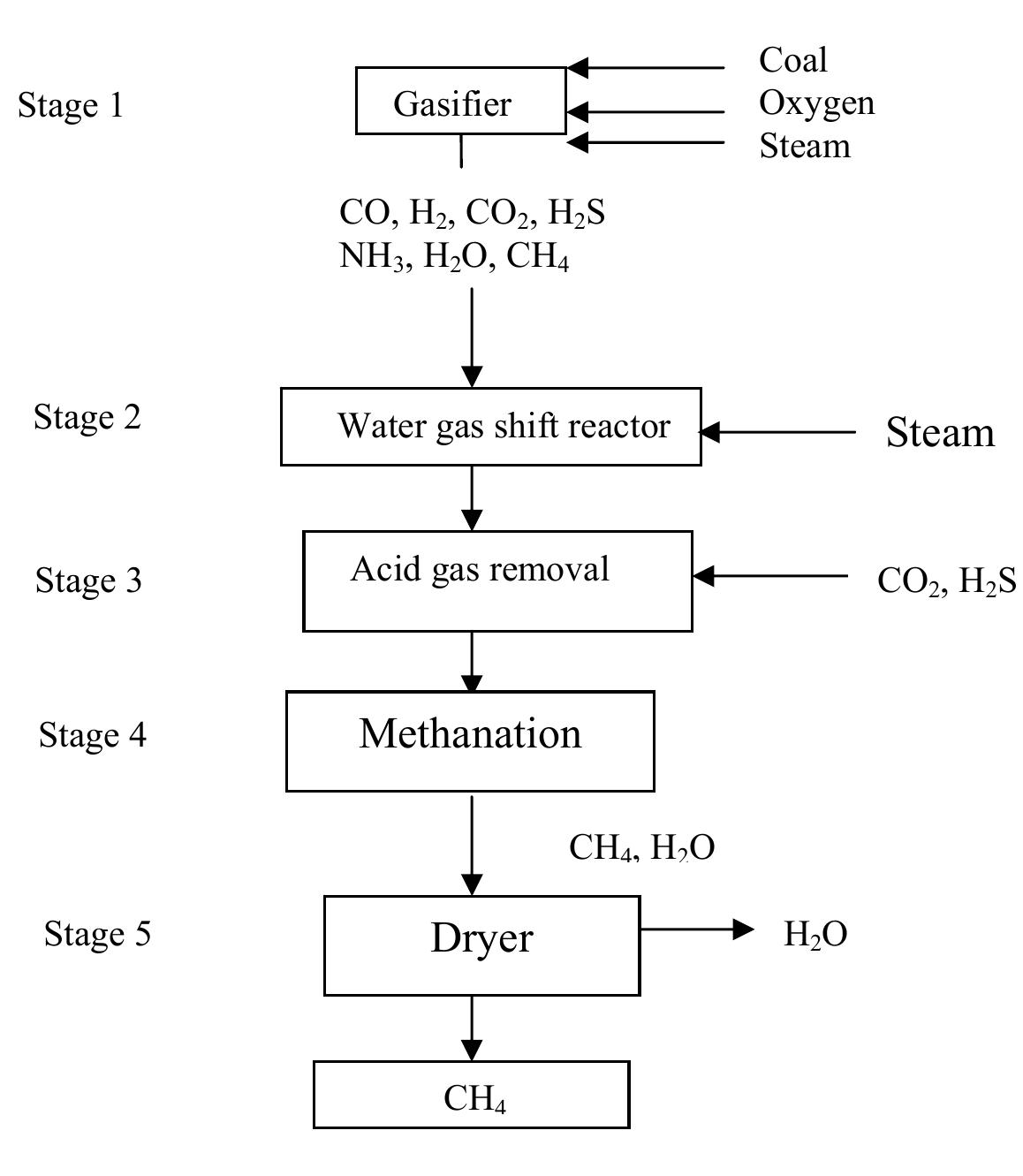



















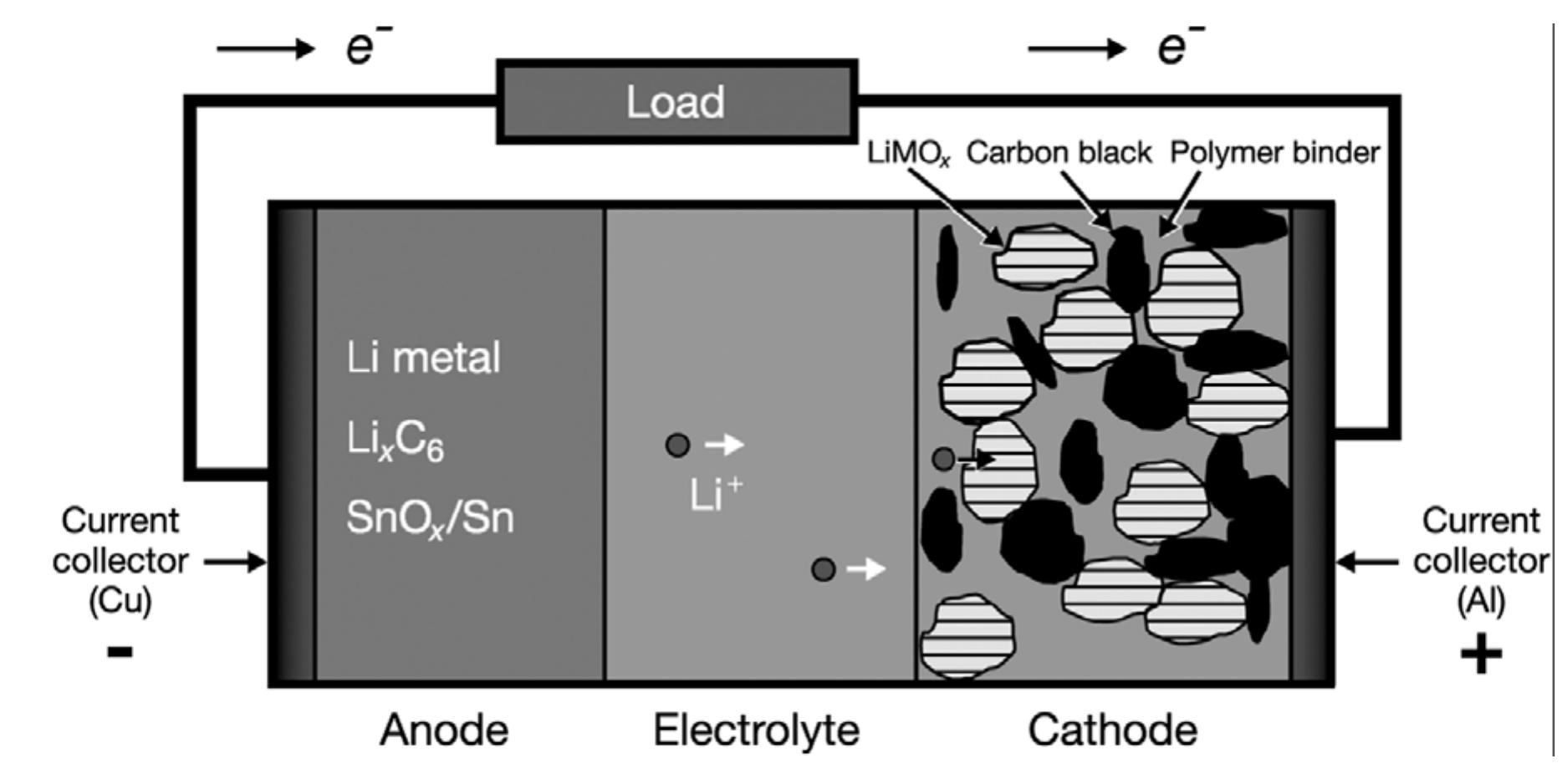








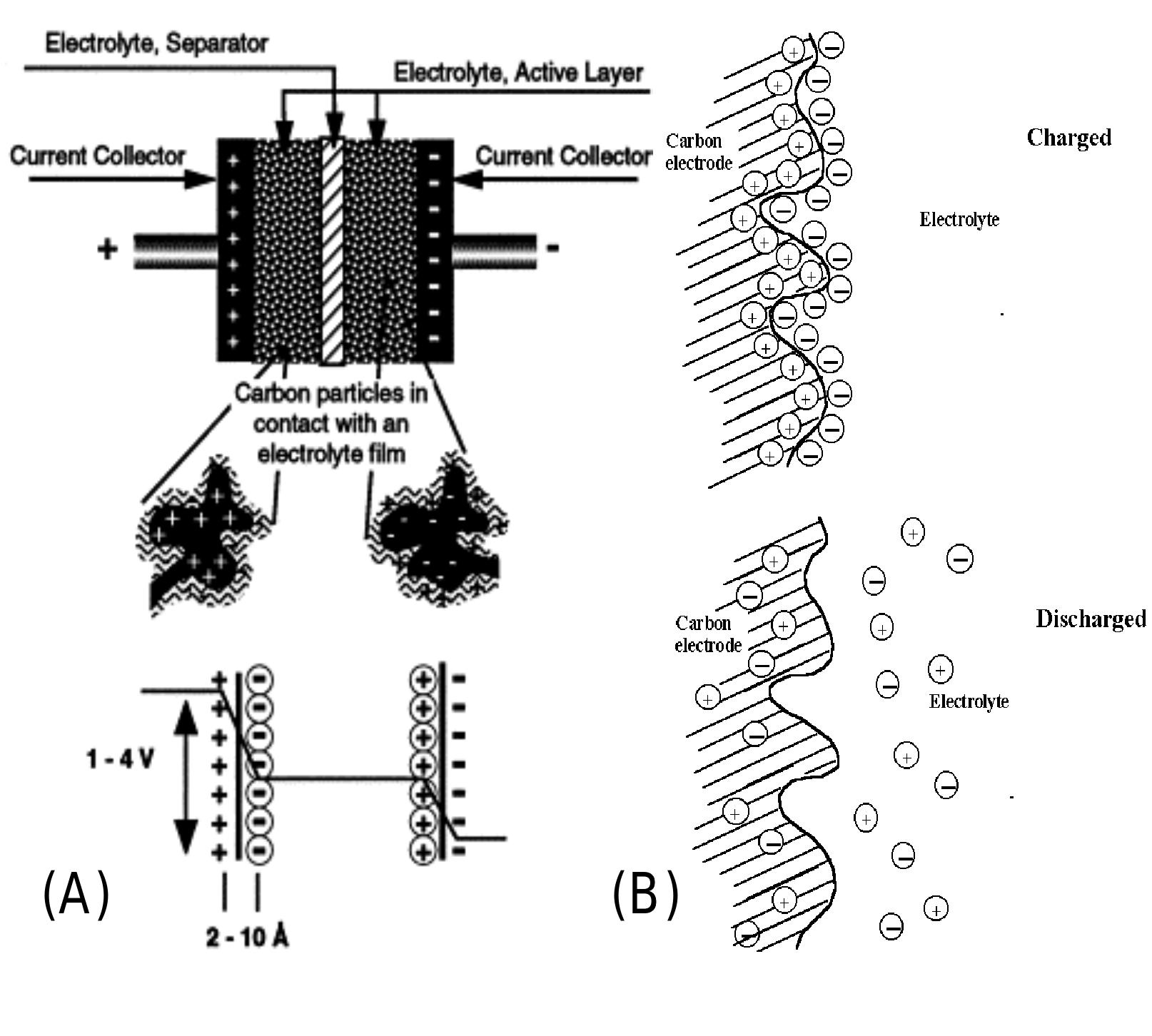

























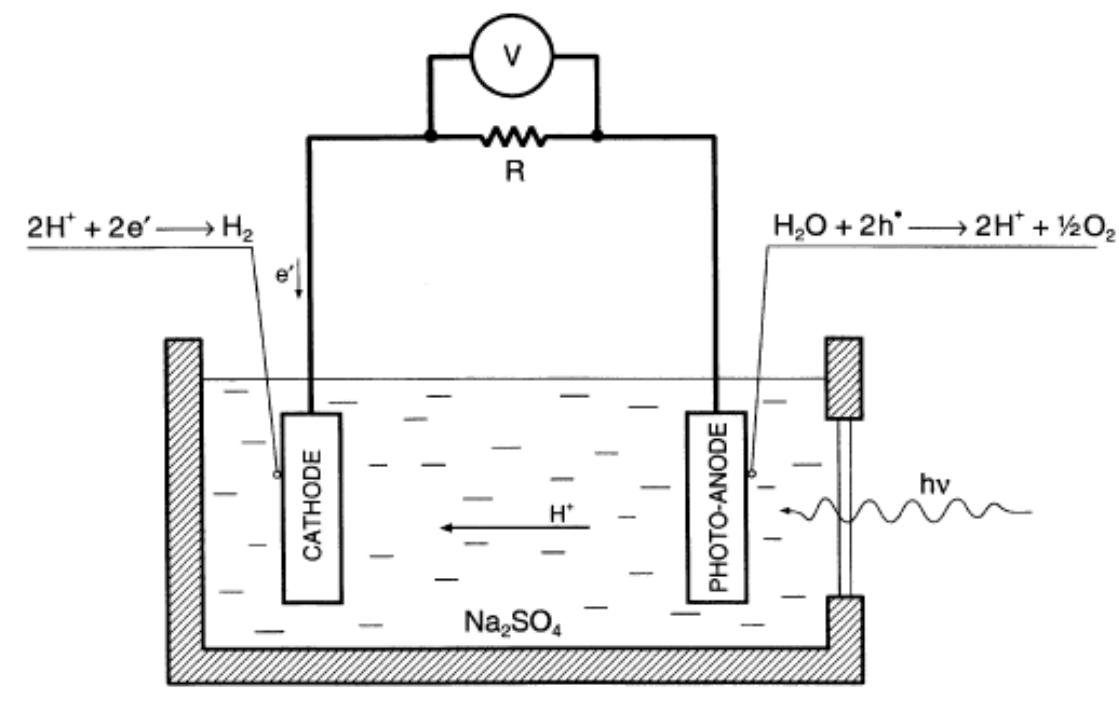














































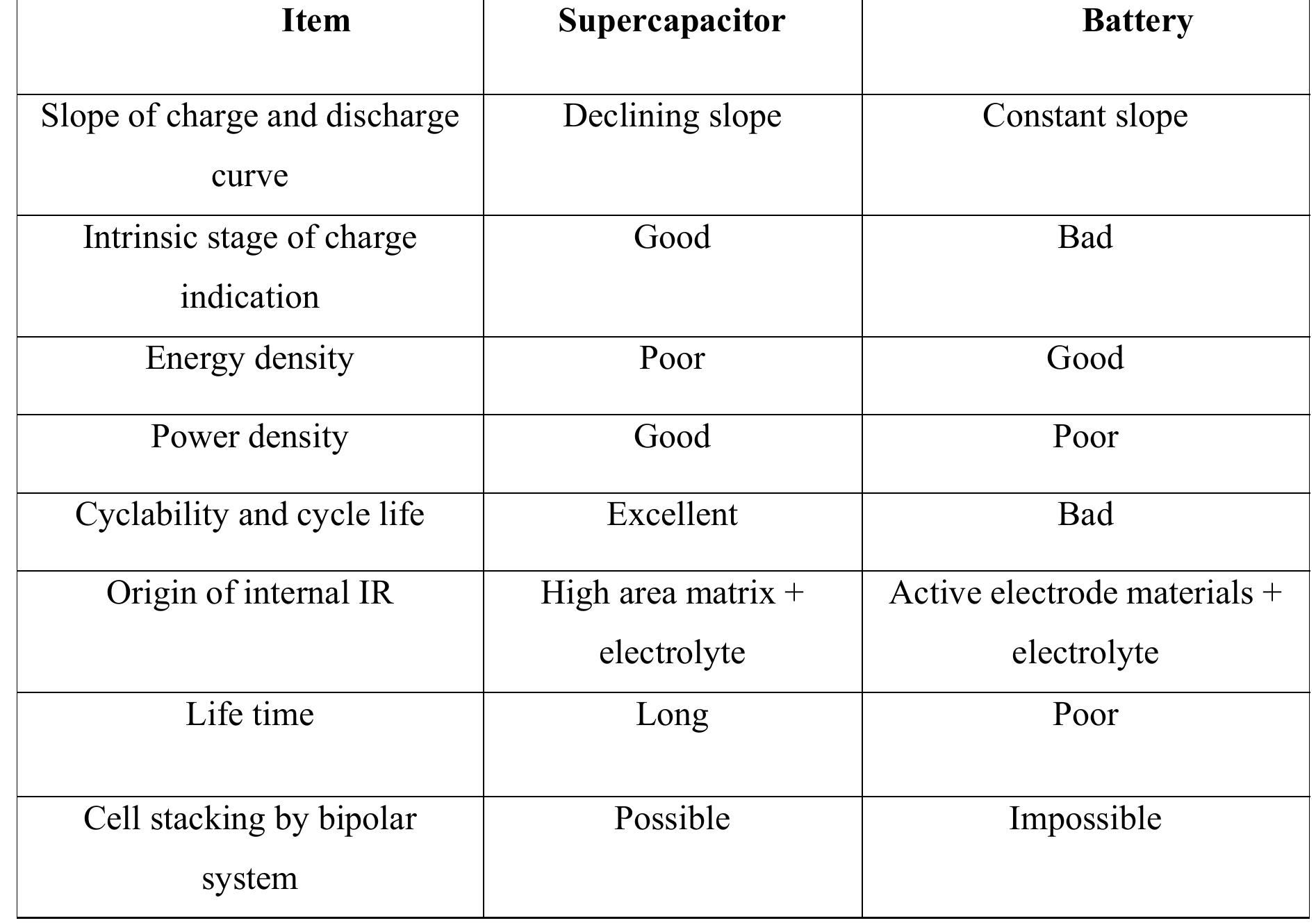















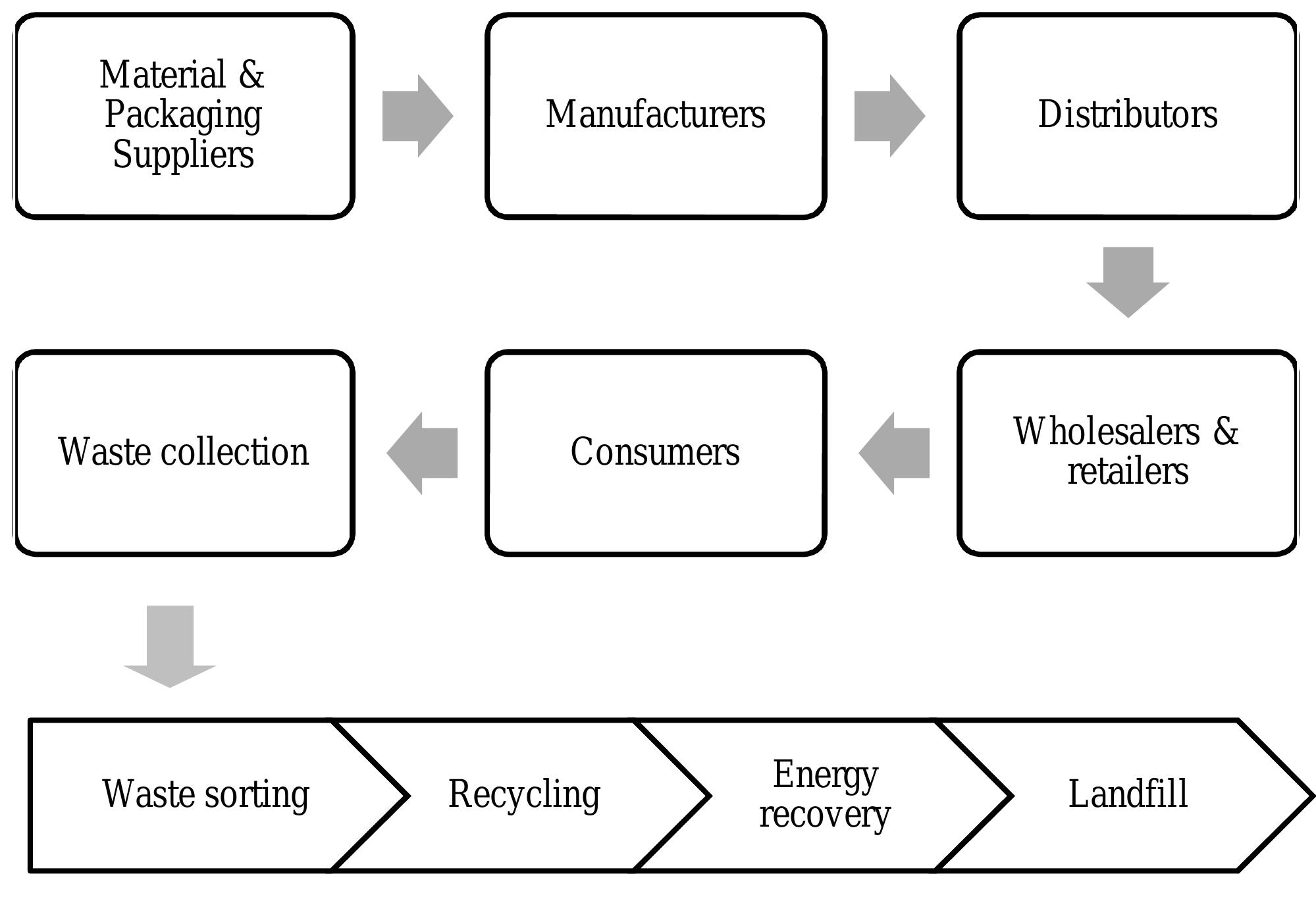












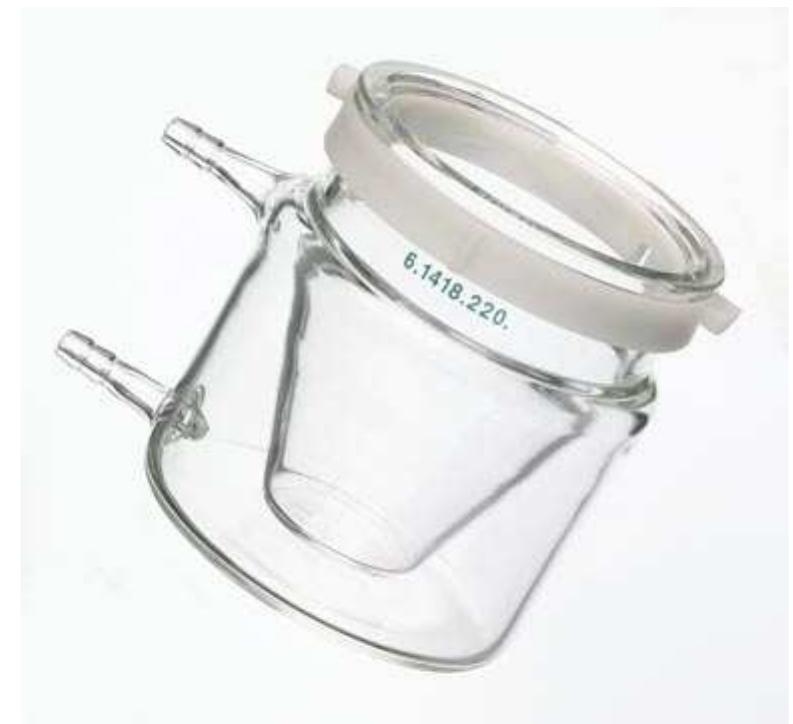

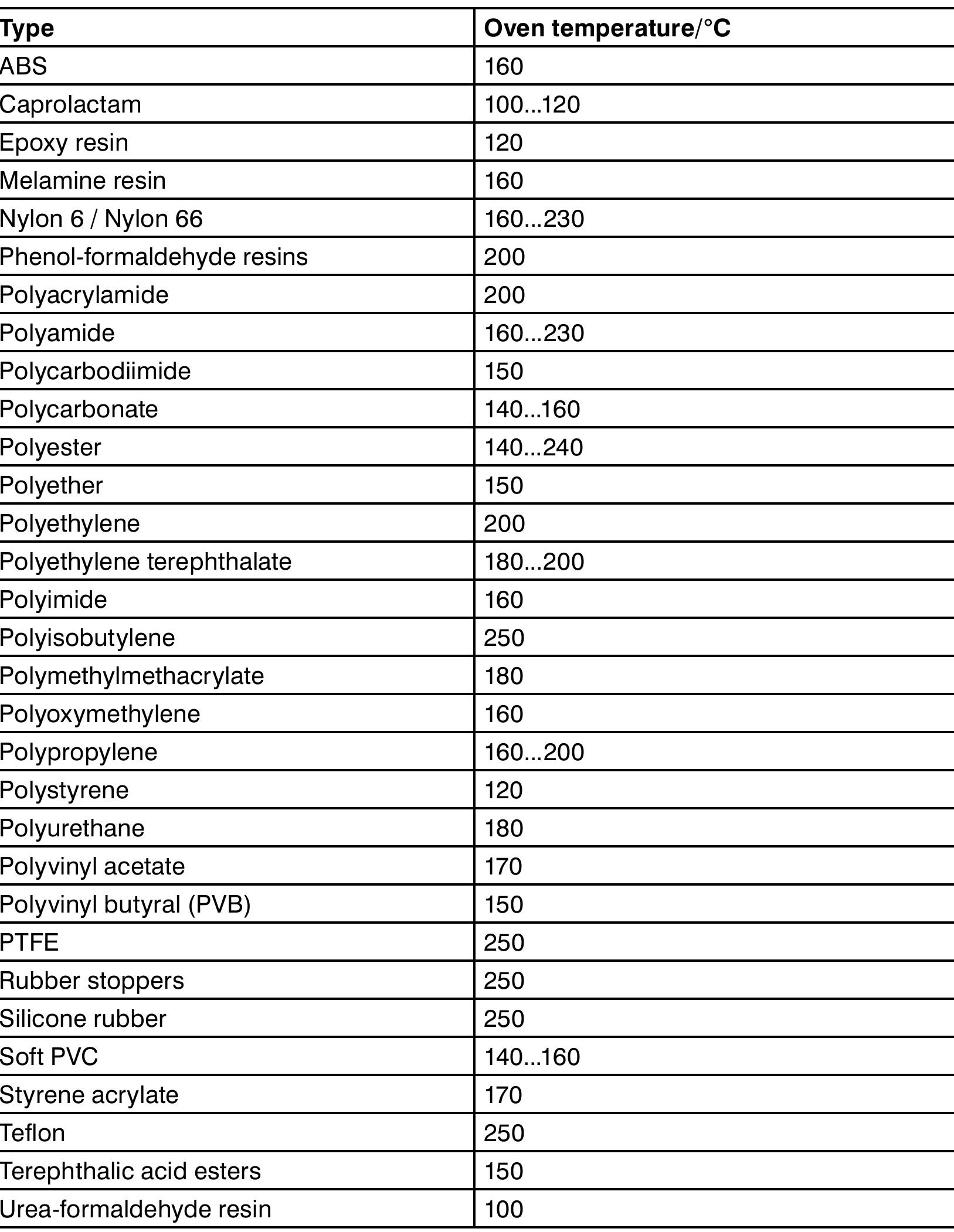

































![The municipal wastewater treatment enterprise is composed of over 16,000 plants that are used to treat a total flow of 1400 cubic meters per second (m?/s) [32,000 billion gallons per day (Bgal/d)]. Approximately 92 percent of the total existing flow is han- dled by plants having a capacity of 0.044 m?/s [1 million gallons per day (Mgal/d)] and larger. Nearly one-half of the present design capacity is situated in plants providing](https://figures.academia-assets.com/35397224/table_004.jpg)
![4 This table is also applicable to the cast grades equivalent to the families of wrought materials listed. ® Other heat treatments may be acceptable if proven by experience: see 5.2.1, A2.4, and A2.5 for further information. © Solution prepared from reagents of following weight %: H,SO,, 98 %; HNO3, 67 %; HF, 70 %. © Tight scale may be removed by a dip in this solution for a few minutes followed by water rinse and nitric-hydrofluoric acid treatment as noted. = Minimum contact times necessary to obtain the desired surface should be used in order to prevent over-pickling. Tests should be made to establish correct procedures for specific applications. F For reasons of convenience and handling safety, commercial formulations containing fluoride salts may be found useful in place of HF for preparing nitric-hydrofluoric acid solutions. & After pickling and water rinsing, an aqueous caustic permanganate solution containing NaOH, 10 weight % and KMnO,, 4 weight %, 70 to 80°C [160 to 180°F], 5 to 6C min, may be used as a final dip for removal of smut, followed by thorough water rinsing and drying. TABLE A1.1 Acid Descaling (Pickling) of Stainless Steel](https://figures.academia-assets.com/36356737/table_001.jpg)



![Figure 22.1. Sorption-desorption isotherms for acetylated spruce fibers [32]. Changes in dimension are a great problem in wood composites, as compared to solid wood. Composites undergo not only normal bulk wood swelling (revers- ible swelling), but also swelling caused by the release of residual compressive stresses imparted to the board during the composite pressing process (irrevers- ble swelling). Water sorption causes both reversible and irreversible swelling: some reversible shrinkage occurs when the board dries.](https://figures.academia-assets.com/33081975/figure_001.jpg)

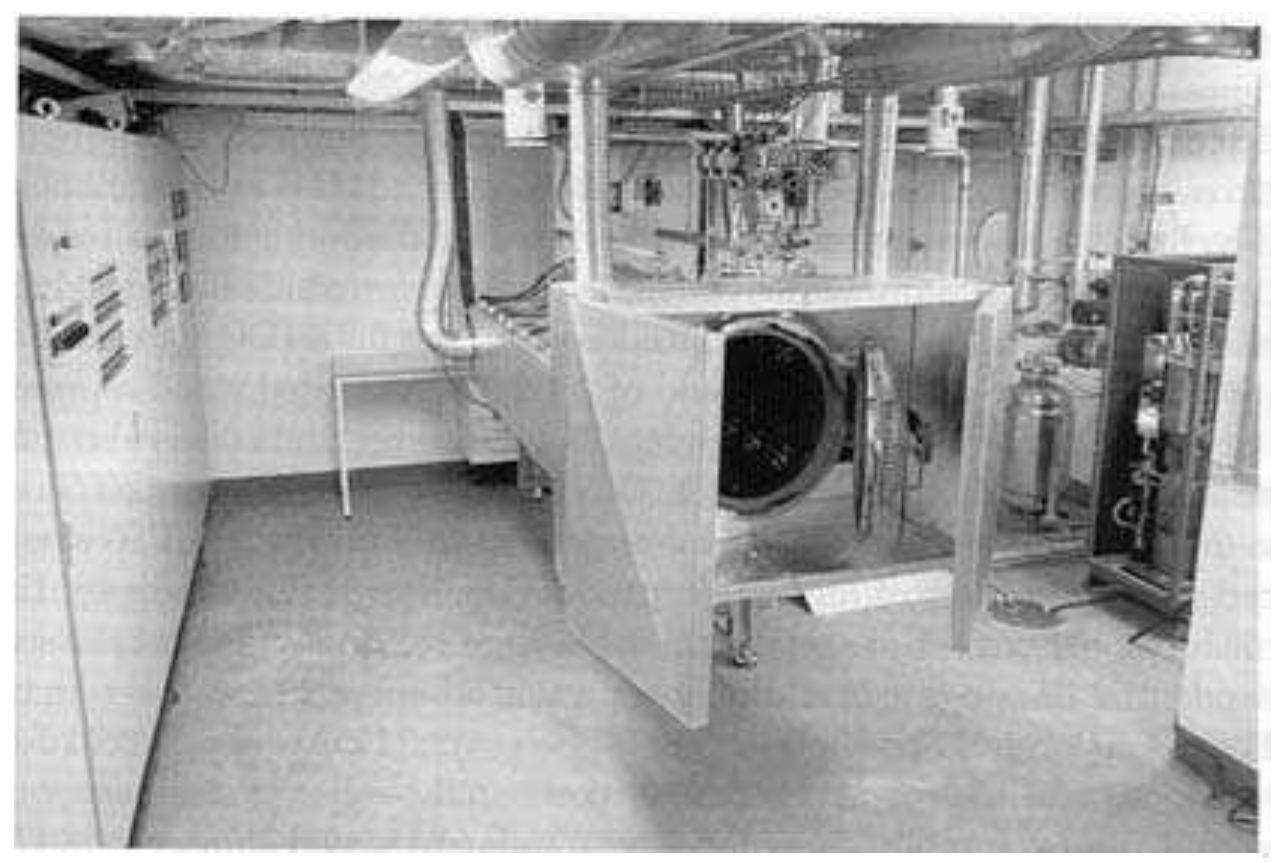




![Table 22.5. Resistance of acetylated pine against brown- and white-rot fungi The weight loss resulting from fungal attack is the method most frequently used to determine the effectiveness of a preservative treatment to protect wood from decay. In some cases, especially for brown-rot fungal attack, the strength loss may be a more important measure of attack since large strength losses are known to occur in solid wood at very low wood weight loss [42]. A dynamic bending creep test has been developed to determine the strength loss when wood composites are exposed to a brown- or white-rot fungus [43-45].](https://figures.academia-assets.com/33081975/table_005.jpg)


![Table 22.7. Resistance of acetylated pine to Reticulitermes flavipes modified pine [41]. The lack of complete resistance to attack may be attributed to the severity of the test. However, termites can live on acetic acid and decompose cellulose to mainly acetate. The termite survival was quite high at the end of the tests, which indicates that the modified wood was not toxic to these insects.](https://figures.academia-assets.com/33081975/table_008.jpg)
![Table 22.10. Weight loss and erosion of acetylated aspen after 700 h accelerated weathering caused by weathering was about 200 um for unmodified boards and half that for acetylated boards. In outdoor tests, the color of acetylated pine flakeboards remained light yellow after 1 year, while that of control boards turned from dark orange to light gray [57]. The acetylated pine retained its bright color for 10 years.](https://figures.academia-assets.com/33081975/table_009.jpg)








